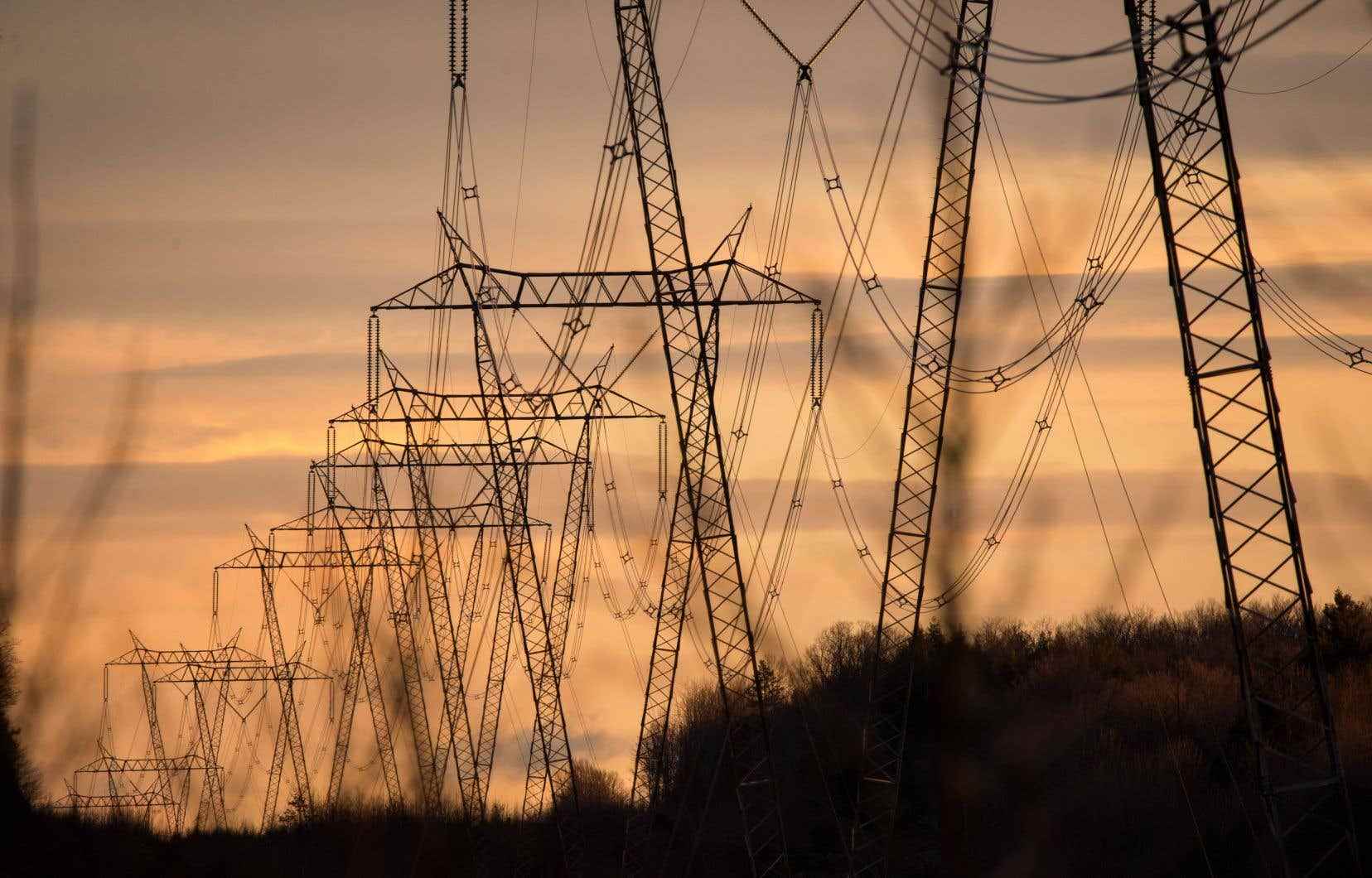Hydro-Québec’s quarterly profit topped $2 billion ‘for the first time in its history’ as a particularly cold January sustained demand and the war in Ukraine drove up prices exported electricity.
The state-owned corporation said on Friday its net profit rose $421 million, or 25.6%, to $2.06 billion in the first quarter. “We are starting the year with a noteworthy financial performance, which took place in a context marked by cold temperatures and a sharp rise in prices on the energy markets”, summed up Jean-Hugues Lafleur, the chief financial officer of Hydro-Québec, at a press conference.
January was the coldest month since 2004 with an average temperature of −14 degrees Celsius, compared to −7 degrees Celsius last year. The temperature alone led to an increase in electricity sales of 3.6 TWh, generating revenues of $311 million.
In total, the sale of electricity in Quebec jumped by 5.3 TWh, which led to an increase in revenues of $546 million, to $4.39 billion. However, this figure was offset by purchases of electricity to meet demand during the winter, which increased by $269 million.
The energy market is booming
The global energy crisis caused by the Russian invasion of Ukraine created favorable conditions for the export of Québec electricity during the first quarter. “It’s unfortunate, but we benefit from it,” recognizes Mr. Lafleur.
“Oil, coal, natural gas, which are inputs for making electricity in neighboring markets, there are a lot of them that are exported to Europe,” he explains. This leads to an incidence of higher prices. »
The average selling price outside Quebec was 7.4 cents/kWh, compared to 5.1 cents/kWh for the same period last year.
Without the hedging products it uses to reduce price volatility, Hydro-Québec would have obtained even more. The average price would have been 11 cents/kWh, the CFO said. “You have to go back to 2008 to have prices as high as that. In past years, we worked around 4 cents / kWh. »
While the Crown corporation’s hedging strategy appears to have missed an opportunity to make even more profit in the first quarter, hedging against market fluctuations is a strategy that pays off in the long run, says Lafleur. Hydro-Québec also takes advantage of high prices to fix a portion of its future sales at high prices using hedging products.
Despite strong demand, however, Hydro-Québec had to reduce its exports by 1.8 TWh compared to last year due to the increased needs of Quebec consumers during the severe cold weather. Net income from sales outside Quebec, despite everything, increased by $115 million.
Rapidly rising interest rates
Hydro-Québec, which issued the equivalent of $1 billion in debt securities in the first quarter, has not escaped the rise in interest rates, but it is still replacing its maturing debts with issues at lower,” said Mr. Lafleur.
“We are replacing debts that had been issued in the early 1990s to finance phase 2 of James Bay. Rates should go back up to 9% or 10% [pour que le renouvellement de la dette se fasse à un taux qui est moins avantageux]. We are still far from that. »
Interest rates are, however, on an upward trend, notes Mr. Lafleur. In February, the company secured a fixed rate of 3.04% for a $600 million issue maturing in 2060.
A few months later, in May, an issue with comparable conditions was made at a rate of around 4.04%. “We do not plan to return to rates of 9-10%, but the cost of financing is higher than in past years. »
